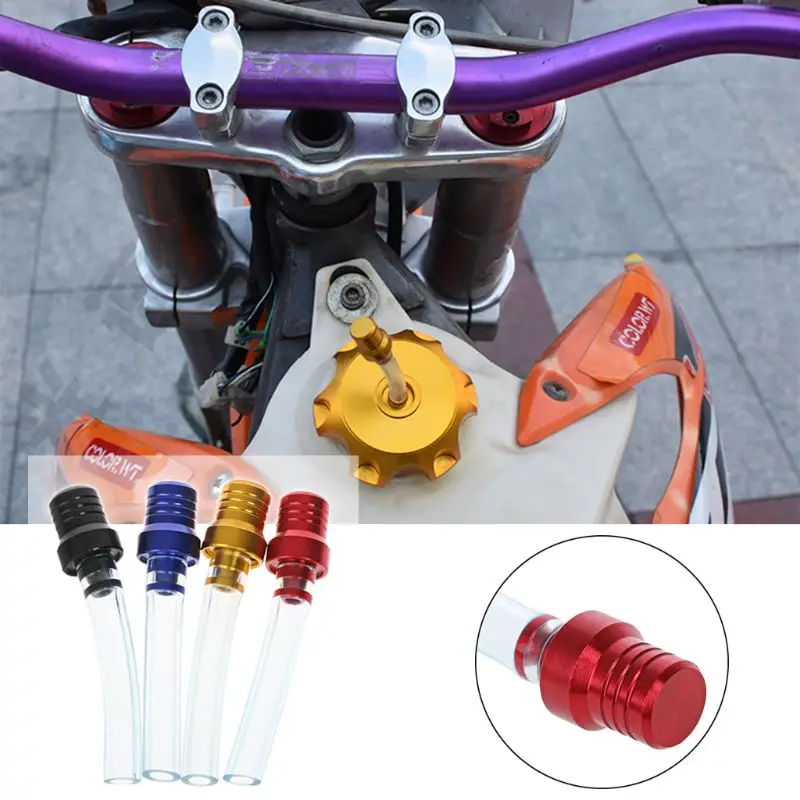The fuel level of your tank changes throughout the day even if you are not driving it. Plastic fuel tanks are designed and built to allow for expansion and contraction.
Fuel Tank Venting
How to vent gas tank. Even gasoline and diesel have different containers. If you do not open the vent your motor will experience a vacuum lock. This is a short line so it should be obvious if there is a blockage. Remove the filler cap from the fuel tank if your motor begins to gasp while you are making way in your boat. You most likely know that fuel tanks need ventilation in order to allow the fuel to continue to pump without causing a vacuum. How to properly vent a gas tank step 1.
Close the manual vent after you have finished filling the tank. A typical vent line will run sideways across the top of the tank until it reaches the hull side and then angle upward to the vent fitting. When you open the vent on an expanded tank fuel vapors will escape. In order to breathe your tank must have a vent somewhere that will relieve both vacuum and pressure. The charcoal canister will be located near the. Disconnect the canister vent line to the gas tank and try blowing through it.
Easy pour gas. If it seems it might be clogged use compressed air to thoroughly blow out the line. Thats why fuel should only be carried transported and stored in containers certified for that purpose. Your tank has to breathe. Use the hand vacuum gauge to test that the canister is still sealed tightly. Keep your boats fuel vent screen clean.
How to fix a cracked plastic gas tank video duration. The hose should run as straight as possible at this point in a manner that allows any fuel to drain back into the tank via gravity. Adding a vent to a fuel can safe to use with petrol or diesel duration. This can either be through the gas cap itself or via some sort of. Elevate the back end of the car by using a jack and jack stands. Gasoline expands in volume as it warms up and shrinks in volume as it cools down.
If the canister appears to be in. Open the vent after you connect the fuel hose and tank to your motor.
















